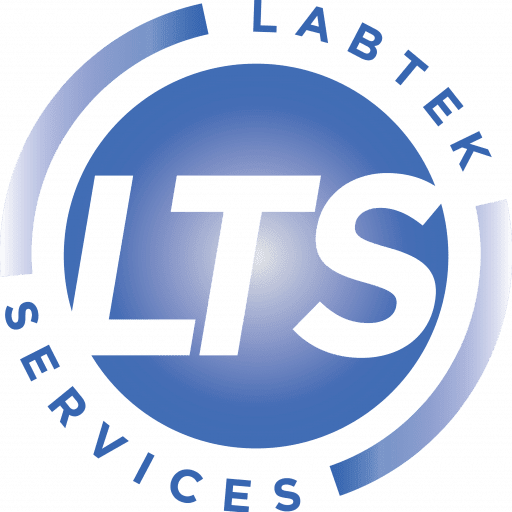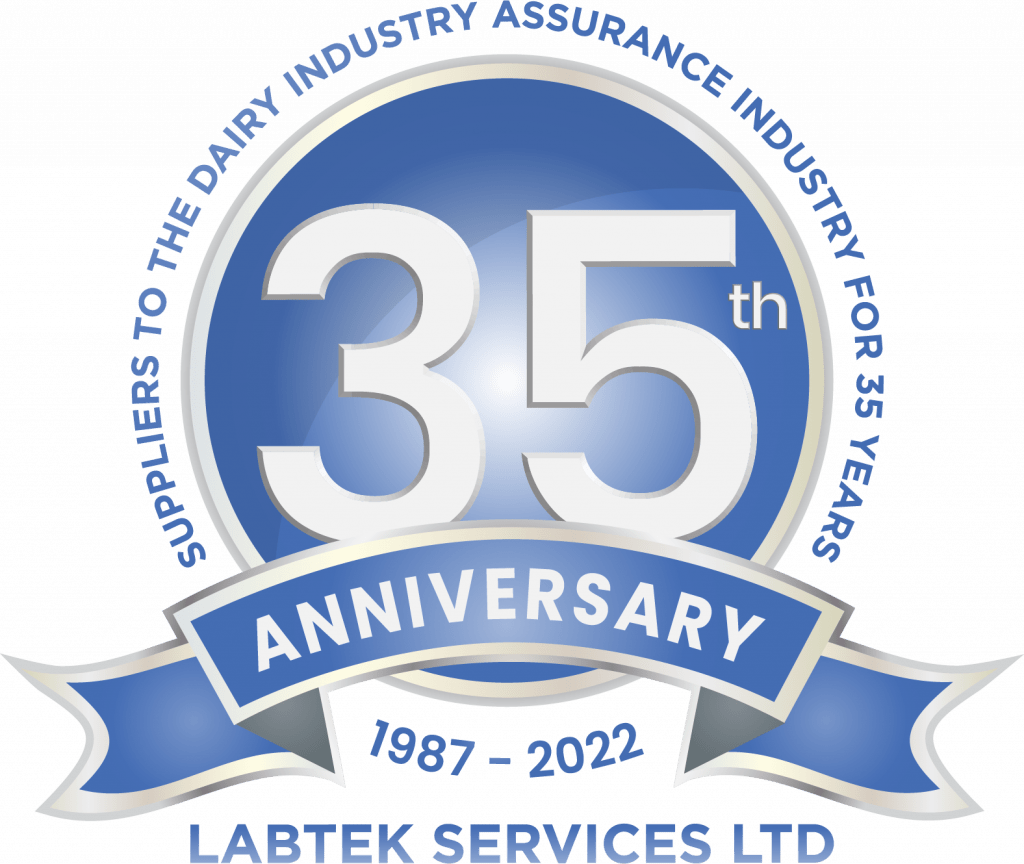Water Analysis and Testing
Legionnaires’ Disease
Part 2: The control of legionella bacteria in hot and cold water systems
HSG274 Part 2, Published 2014
Water treatment and control programmes for hot and cold water systems
Biocide treatments
Silver stabilised hydrogen peroxide
2.116 Silver stabilised hydrogen peroxide has a history of use in the control of legionella in water systems. A silver hydrogen peroxide solution is injected directly into the water system and ifapplied and maintained according to the manufacturers’ instructions, can be an effective means of control. However, this should not be used in water systems supplying dialysis units
CIP Systems
Processors rely on the performance of CIP systems to ensure quality manufacturing and proper sanitation. The performance of CIP systems can be quickly validated with Hygiena’s affordable and easy-to-use ATP Hygiene monitoring system
SystemSure Plus – ATP Monitoring
AquaSnap Total & Free Total ATP for Water Samples
Watershot – Universal Liquid ATP for a range of luminometers
Cooling Towers – SystemSure & Ensure ATP hygiene monitoring devices
– Micro-Organisms – Compact Dry or MicroSnap
EC Blue
ECBlue is a simple, quick and reliable test method for the qualitative and quantitative
determination of coliforms and E.coli in water.
ECBlue – a rapid method for testing the water quality
ECBlue is a simple, quick and reliable test method for the qualitative and quantitative
determination of coliforms and E.coli in water.
ECBlue is simple to handle – our »easy to use«-principle:
Add water to be tested dissolve the ECBlue100P medium in 100ml of the test water. Then incubate the mixture at 35 ± 2° C. The medium does not require further preparation work.
This means that the test can be carried out anywhere without much effort.
ECBlue is quick – our »fast result«-principle:
Traditional incubating methods require about three days for the detection of coliforms or E.coli. ECBlue, on the other hand, already provides reliable test results after 24 hours.
ECBlue is reliable and conclusive – our »safe and clear«-principle:
Detection is based on a colour reaction and is thus easy to interpret: if coliform bacteria are present, the water turns blue due to the cleavage of the chromogenic substrate X-Gal. In the event of faecal contamination by E.coli, these bacteria can only be conclusively detected
under UV light (reaction with a fluorescent dye). Suspended matter, cloudy, yellowish or chlorinated water samples do not generally interfere with detection.
ECBlue is simple to keep – our »easy to store«-principle:
ECBlue does not need to be cooled and has a shelf life of up to two years at room temperature if protected from light. This saves costs.
The optional tool ECBlueQuant provides a rapid and simple method of quantifying coliforms and E.coli in the form of an MPN test (Most Probable Number).
Coliform Positive // E.Coli Positive
Overview of the practical advantages
Efficiency: Simultaneous testing of a medium for coliforms and E.coli using a chromogenic enzyme substrate (X-GAL-MUG method).
Speed: Test result within 24 hours.
Performance: Bacteria stressed by chlorinated water are also detected with ECBlue in most cases.
Simple and reliable application: The medium does not need to be sterilised or pre-prepared; readily soluble in water.
Conclusive: Unambiguous test results by means of a colour reaction; detection limit of coliforms and E.coli: 1 cfu / 100 ml. Positive samples can be clearly identified by comparison with the ECBlueComparator (bottle with reference fluid).
Practical packaging: Blister pack.
Long shelf life: Up to two years at room temperature in the absence of light.
Long shelf life: Up to two years at room temperature in the absence of light.
Cost-saving
LABTEK_-_EC_Blue_Water_Microbiology..pdf )
Compact Dry AQ – Detection of Heterotrophic Bacteria.
Specimen pretreatment
Viable count in water
Drop 1 ml of the tested water on the middle of the Compact Dry plate.
The sample will diffuse equally all over the Compact Dry AQ plate.
Viable count using filter technology
Following standard procedures for water analysis: for membrane filter water sample please use a 47 mm Mixed Cellulose Ester filter (MCE; 0.45 µm pore size). After water filtration place the filter in the center of the Compact Dry AQ Plate, grid side up. Roll top film down to minimize air bubbles or gaps between the filter and the Compact Dry AQ Plate.
Test instructions
Drop 1 ml of the tested water on the middle of the Compact Dry plate.
Notes
Compact Dry plates are produced at an ISO 9001 certified site.
CompactDry-AQ_EN.pdf )
Waste Water TSS -GF Filters
934-AH: GMF / TSS Filters
The fine particle retention of this popular grade is superior for its high retention efficiency at high flow rates and its high loading capacity.
This filter is a smooth surface, high retention borosilicate glass microfibre which withstands temperatures over 500°C. Specified in Standard Methods 2540D & 2540C for determining total suspended solids in water, removal of turbidity and filtration of bacterial cultures. Grade 934-AH is used for a wide range of laboratory applications. It is recommended for water pollution monitoring, cell harvesting, liquid scintillation counting and air pollution monitoring.
LTS901047 Glass Fibre Filter 47mm diameter circles, pore size 1.5um, pack size 100units
Comparable with Whatman 934-AH filters.
A range of different diameter sizes are available varying from 21mm – 150mm please call for details.
Did you know we do Servicing too?
We have a team of engineers who can service and maintain your machines.

